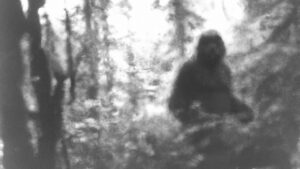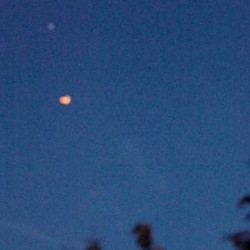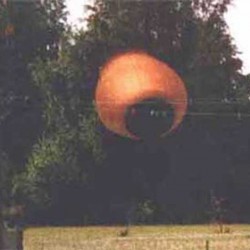A flat worm with between 50 – 60 eyes has been found in Cambridgeshire (UK). The new (to the UK?) spices is thought to be similar to a species (or possibly the same spices) found in New Zealand.
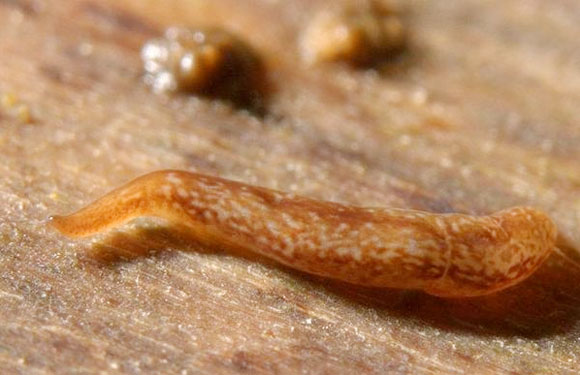
July 2012. A flatworm with between 50-60 eyes has been discovered at Shepreth L Moor nature reserve in Cambridgeshire.
The flatworm is believed to be a completely new, undescribed species to Britain and was found by Chief Executive of the Wildlife Trust for Bedfordshire, Cambridgeshire and Northamptonshire, Brian Eversham.
Leading biology expert Dr Hugh Jones believes the flatworm is of antipodean descent but may carry out DNA testing to determine its exact ancestry. Dr Jones has only seen one specimen of the species in the Netherlands in April this year before Mr Eversham’s discovery. It is thought the flatworm could have originated from New Zealand or Australia.
Source: Flatworm with 60 eyes recorded in UK for the first time
Flatworm (Wikipedia)
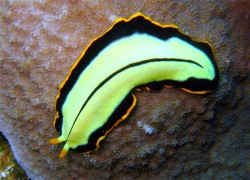
The flatworms, known in scientific literature as Platyhelminthes or Plathelminthes (from the Greek πλατύ, platy, meaning “flat” and ἕλμινς (root: ἑλμινθ-), helminth-, meaning worm) are a phylum of relatively simple bilaterian, unsegmented, soft-bodied invertebrate animals. Unlike other bilaterians, they have no body cavity, and no specialized circulatory and respiratory organs, which restricts them to flattened shapes that allow oxygen and nutrients to pass through their bodies by diffusion.
In traditional zoology texts, Platyhelminthes are divided into Turbellaria, which are mostly nonparasitic animals such as planarians, and three entirely parasitic groups: Cestoda, Trematoda and Monogenea; however, since the turbellarians have since been proven not to be monophyletic, this classification is now deprecated. Free-living flatworms are mostly predators, and live in water or in shaded, humid terrestrial environments such as leaf litter. Cestodes (tapeworms) and trematodes (flukes) have complex life-cycles, with mature stages that live as parasites in the digestive systems of fish or land vertebrates, and intermediate stages that infest secondary hosts. The eggs of trematodes are excreted from their main hosts, whereas adult cestodes generate vast numbers of hermaphroditic, segment-like proglottids which detach when mature, are excreted, and then release eggs. Unlike the other parasitic groups, the monogeneans are external parasites infesting aquatic animals, and their larvae metamorphose into the adult form after attaching to a suitable host.






